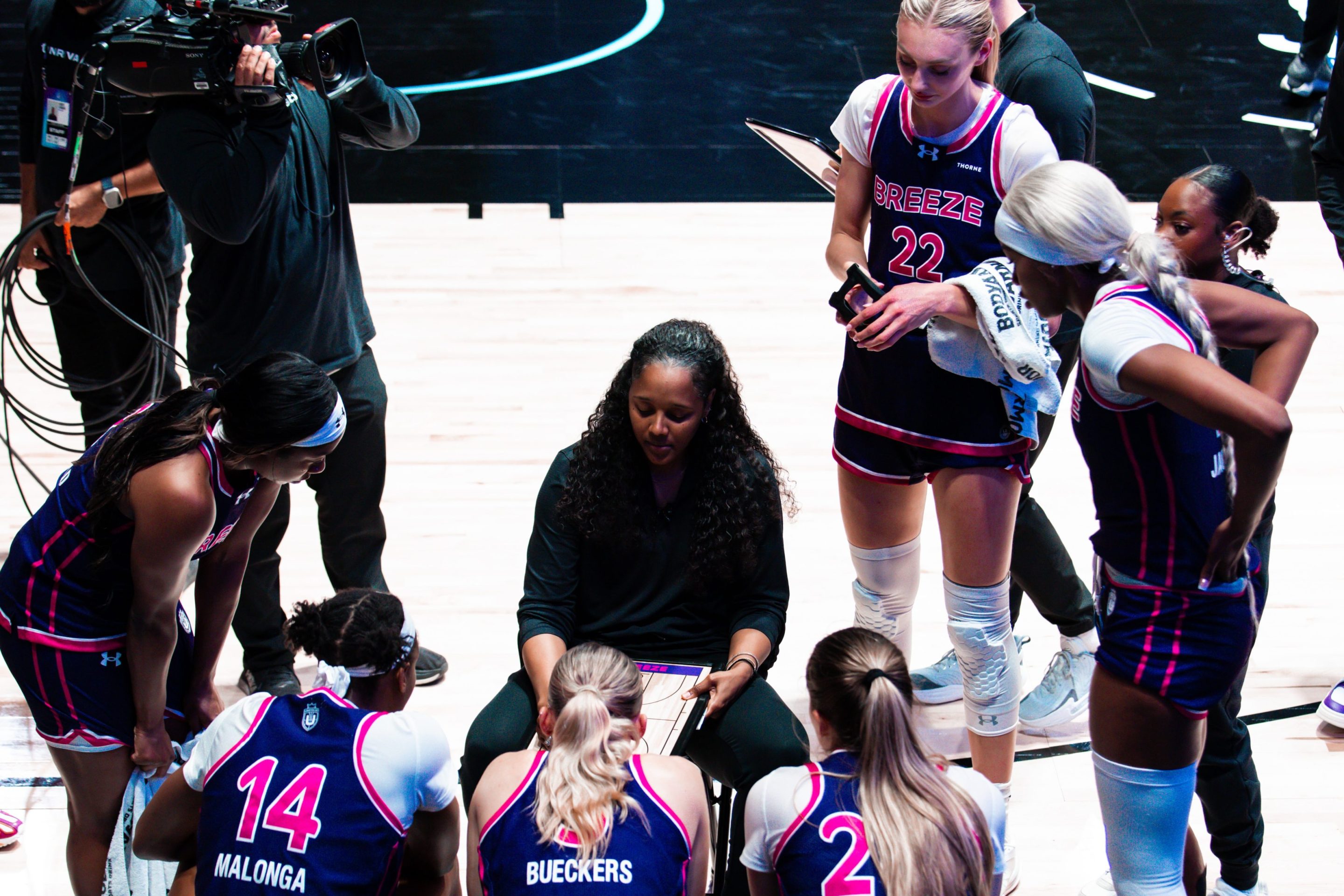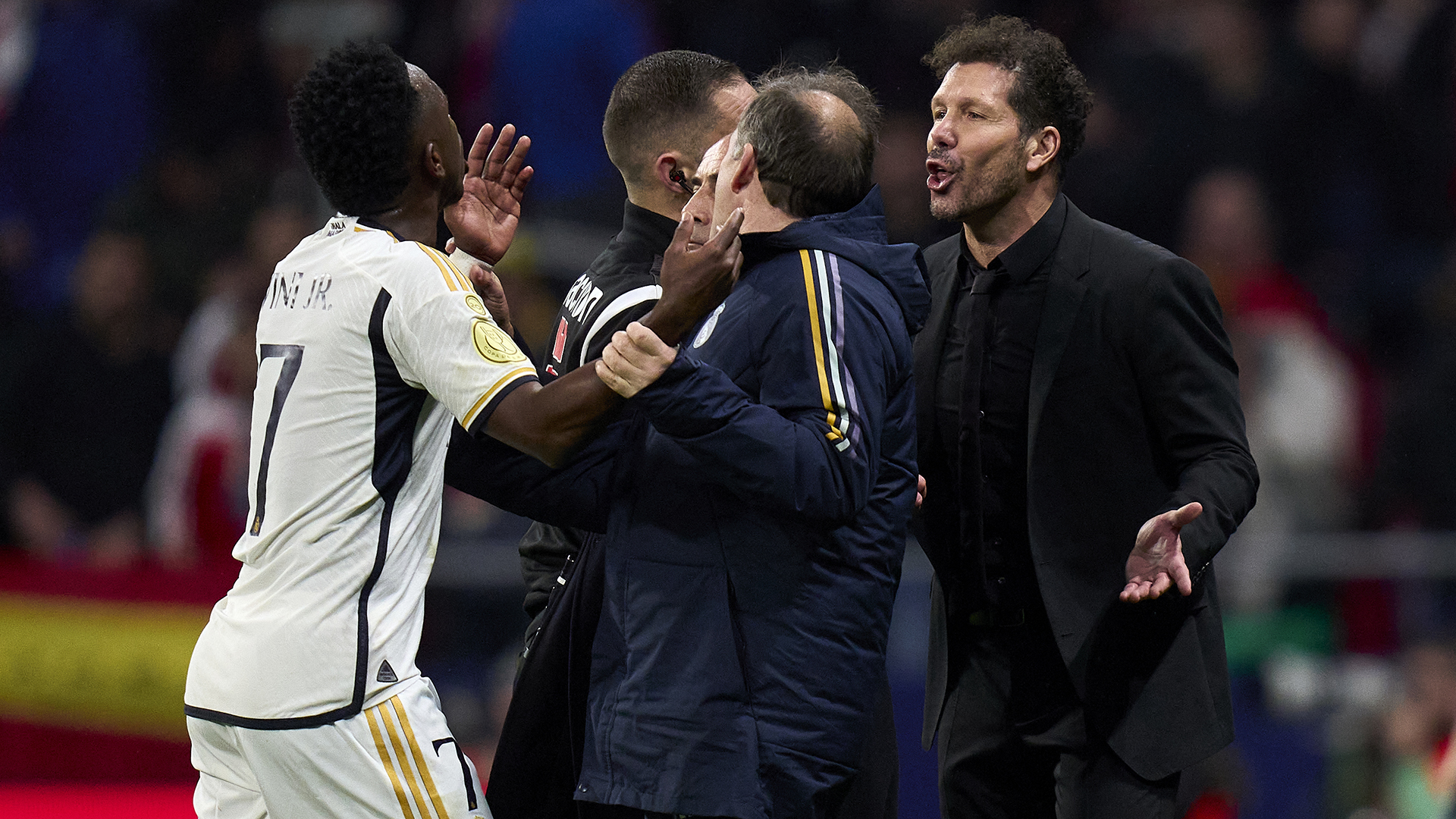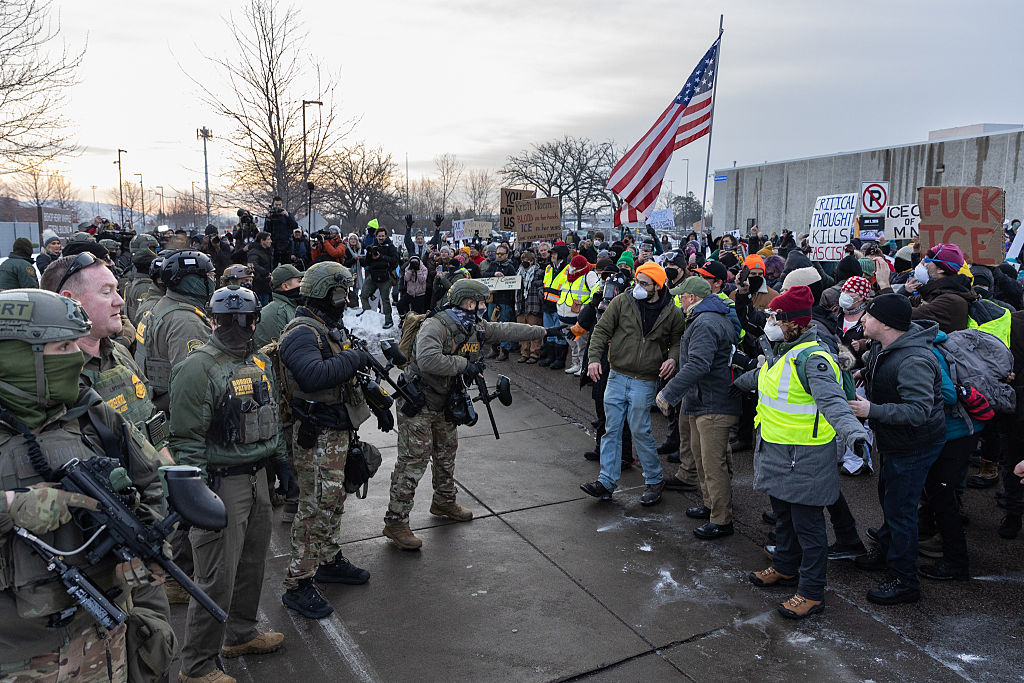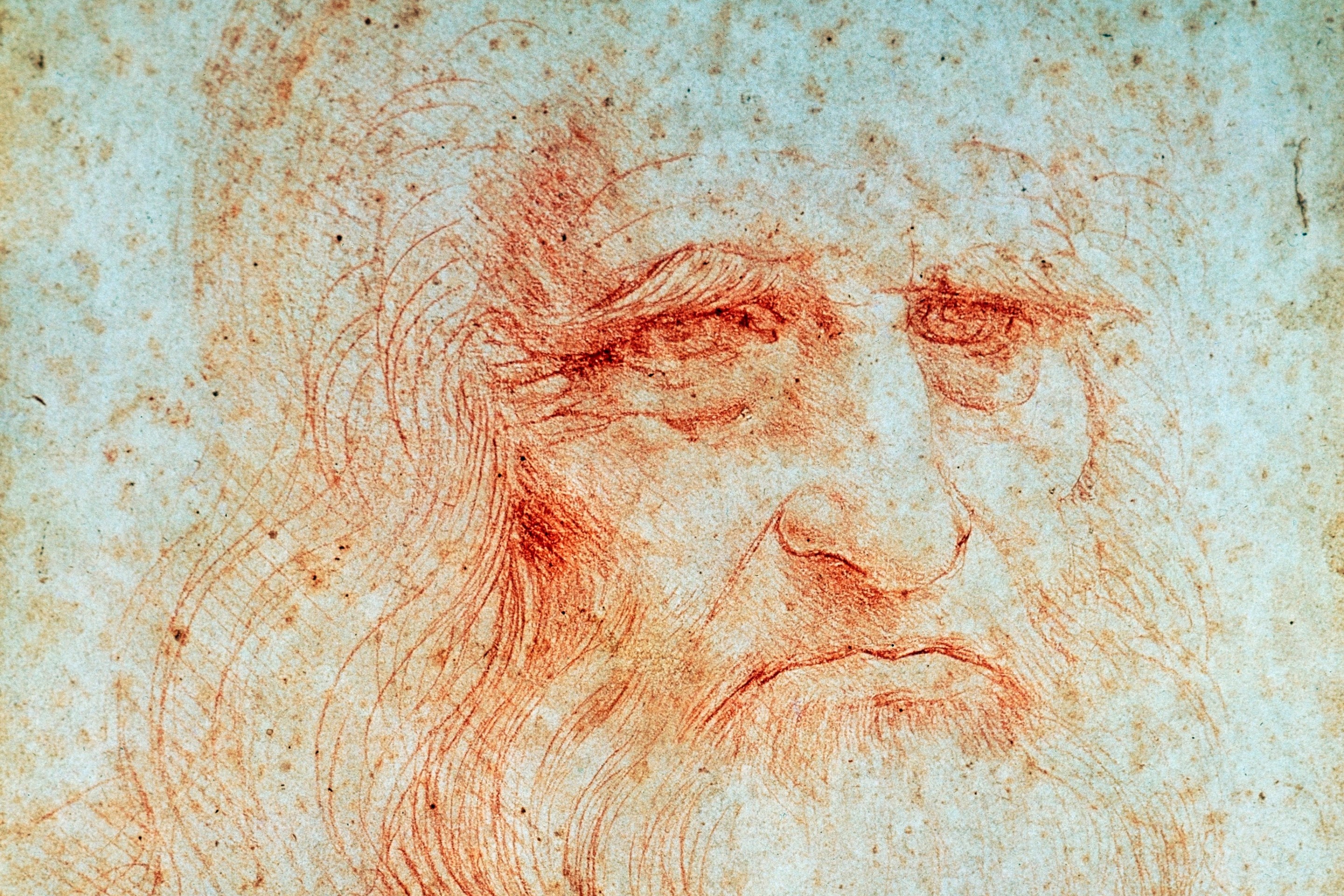Here's an interesting statistic: Did you know that the current NBA regular season is on pace to produce the fewest free-throw attempts per game and the lowest free-throw rate (attempts per shot attempt) in NBA history? Wow! Seems like the league's crackdown on non-basketball moves is producing results! To go from the condition the league found itself in as recently as last season—players cheesing their way to the line left and right, individual free-throw numbers skyrocketing, efficient offense resolving as a series of transactions between superstars and referees, everyone complaining about it all the time—to the literal fewest free throws in history, seems like we might have on our hands a serious overcorrection.
Not so fast! Our first order of business here is to clear up a couple misconceptions. For starters, the deployment of every dark art in the book by the league's most prominent cheese artists has not produced the league-wide parade to the stripe that you or I may think. In fact, the modern era represents the lowest sustained period in league history for free-throw productivity. Every regular season since the end of the 2010–11 league year has produced a free-throw rate below .220; only five other seasons in history (1946–47, 1947–48, 1972–73, 1973–74, and 1974–75) have fallen below that mark. Offenses over the course of James Harden's 12-year NBA career have produced a much higher ratio of shot attempts to free-throw attempts than any other 12-year period in league history.
Aha, you are saying. But that must be because modern offenses produce such a high volume of shots overall, what with all the desperate chucking from deep. Not so fast! The 11 NBA seasons with the fewest total free throws per game have all fallen in the last 11 league years. Modern players take fewer total free throws than any other group of players, ever. Last regular season—the last season before the NBA implemented the new crackdown on offensive non-basketball moves—NBA games averaged 21.8 total free throws, then the second-lowest average all-time; at the opposite end, games in the 1957–58 regular season averaged a whopping 38.3 free-throw attempts. Even as recently as the 1994–95 regular season—the pinnacle of the brutal, grinding era cherished by longtime supporters of the New York Knicks and basically no one else—the tough guys and goons who sneer at modern players were taking more than 27 free throws per game. My friends, truly we have been living in a golden age of games being settled by actual shot-making, and not at the free-throw line.
So the measure of whether the league's new emphasis is working isn't necessarily whether free throws are down overall, but whether the specific phenomenon of players doing awkward, unnatural, in some cases dangerous stuff to earn some freebies is in decline. Or, even more fun, if instances of cynical flailing aren't declining, whether those actions are resulting in humiliation instead of trips to the stripe. The returns there are pretty encouraging! Two of the worst cheesers in the sport, for example—Harden and Trae Young—have seen their free throw totals plummet from previous seasons. Harden hasn't attempted fewer than 9.6 free throws per 100 possessions in any season since 2011, his second as a pro; this year that number is a much more digestible 7.5, good for 38th in the league. Young has averaged more than 12 free throws per 100 possessions since the end of his rookie season; this year he's at 7.4. The raw numbers look good, too: Four of the top five players in the league by free-throw attempts per game are big men (Joel Embiid, Giannis Antetokounmpo, Rudy Gobert, and Bam Adebayo), which just feels intuitively right in a sport where most of the really punishing contact happens closer to the basket.
Young and Harden have both complained that in the push to eliminate non-basketball moves the league has produced a condition where referees are swallowing their whistles on other types of hard contact that should be considered fouls. I have a theory about that: Young and Harden have developed a series of counters which utilize the referees to punish defenders for close defending. If they feel a defender's forearm extended for leverage on a drive—the sort of mutual grappling that is just a part of basketball at every level— they've trained themselves to quickly gather the ball and raise their arms through the forearm, in order to force contact and get to the stripe. If they sense a defender fighting to squeeze his way over a high screen in order to stay attached at the point of attack, they've trained themselves to immediately launch into a bad, flailing shot, which will force messy contact between the shooter, the screener, and the defender, and which will often lead to a whistle and some free throws. Those and other gimmicks of the sort are non-basketball moves, and the league is cracking down on them. But without those moves to discourage close defending, Young and Harden are ... being defended more closely, and they're not used to it, and they don't like the sensation of it.
Evidently the numbers back me up on this! Evan Wasch, the NBA's executive vice president of strategy and analytics, told ESPN there's been no real measurable increase in uncalled rough stuff:
"I'll just say that from a data perspective we're not seeing any evidence of that increased physicality that we're hearing about. So, for example, the number of personal, non-shooting fouls is actually up slightly. That's inclusive of plays on the perimeter, handchecks, etc. And we're not seeing an increase in incorrect non-calls, or so-called missed calls, in our game review data, which you would expect to see if defenders were committing more fouls that were going uncalled."
Evan Wasch via Tim Bontemps, ESPN
Beyond the numbers, it's just very pleasing to have a basketball game on the television, see a guard round the corner on a screen and accelerate downhill to attack the basket, and have faith that however the possession ends it will be resolved by players making a sincere effort to play the actual sport of basketball. For now there's the added delight of occasionally chuckling at a guy who short-circuited his own scoring opportunity and jumping-jacked his way into a live-ball turnover, but over the long haul what we should get in exchange for all those discouraged non-basketball actions is more cool basketball stuff. Instead of Bradley Beal launching himself sideways into Clint Capela and expecting the refs to bail him out, we should get more of this, which is way better!
Elite scorer. That's all you need to know.#DCAboveAll | @RealDealBeal23 pic.twitter.com/5aAjFal7I0
— Washington Wizards (@WashWizards) November 2, 2021
Wasch said the league hopes to eliminate non-basketball moves for the simple reason that "we want to see basketball moves," and that's exactly it. The goal is to change the calculus, so that players shed the instinct to hunt for whistles and instead just do more cool basketball shit. Monty McCutcheon, the NBA's vice president of referee development and training, told ESPN that the project is "in the middle of that adjustment period" where the implementation of the league's new rules emphasis is still being fine-tuned. Use a light touch! So far, the experiment is working.






